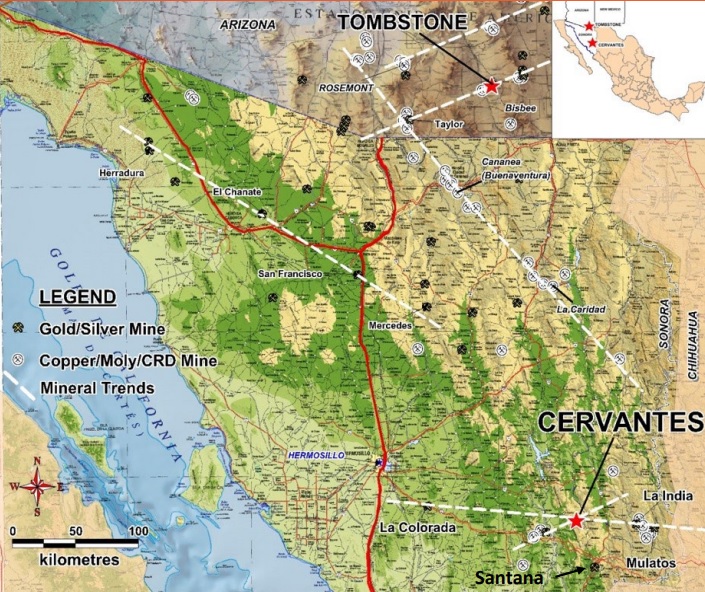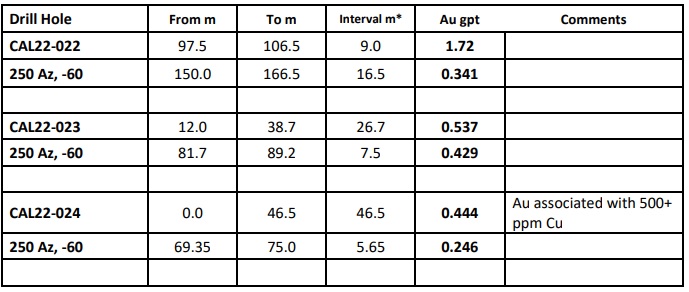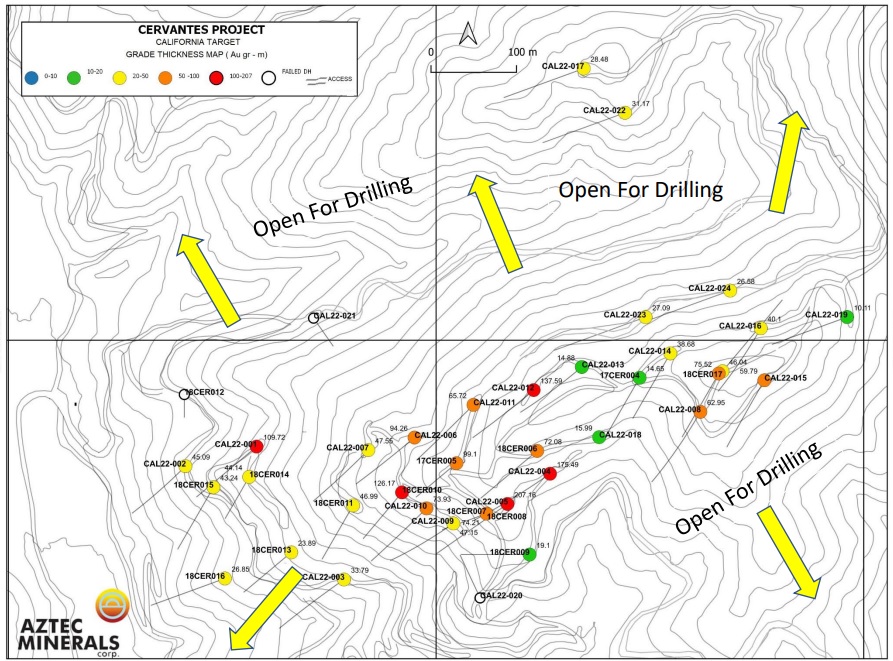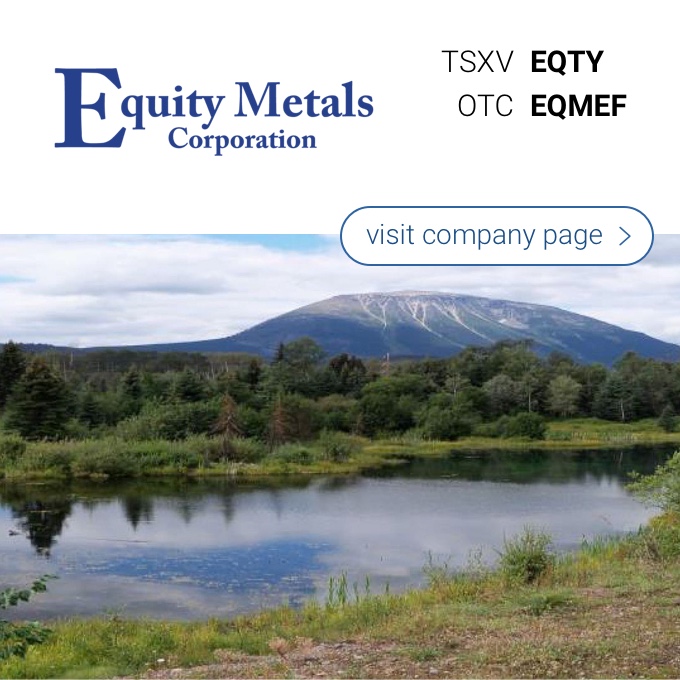
Aztec Minerals (AZT.V) has completed the 2,500 meter Phase 3 drill program in 11 holes at Cervantes and was already able to publish the assay results from three holes which appear to extend the known mineralization to the North. All three holes contained gold mineralization, as you can see in the table below.

Hole CAL22-024 is particularly interesting as the 46.5 meter interval starts at surface and the 0.444 g/t gold grade is very decent for what ultimately will be an open pit heap leach project. Apparently that hole also has some copper in it with grades of in excess of 500 ppm. An interesting geological feature but not very important for the oxide-hosted gold deposit as that copper grade is likely too low to have any meaningful contribution to the economics in a heap leach scenario. The other two holes contain gold as well with hole CAL22-023 showing an interesting interval of 26.7 meters of 0.54 g/t gold followed by 7.5 meters of 0.43 g/t gold with both intervals pretty close to surface.

The impact of these three holes shouldn’t be underestimated as they added about 110 meters in strike length: the gap between the North zone and the area where the company potentially sees the mineralization of both targets converge. Additionally, the mineralized zone now has a surface footprint of 800 meters by 730 meters so Aztec has really been able to build some tonnage at Cervantes. Meanwhile, the assay results from eight more holes drilled as part of the Phase 3 program still remain outstanding.
Now drilling has been completed, Aztec plans to complete a mapping program in some of the areas where it wants a more coherent overview of the mineralization. As the rainy season has now ended, it makes sense for the vegetation to die down again to make it easier on the people in the field.
Disclosure: The author has a long position in Aztec Minerals. Please read our disclaimer.

